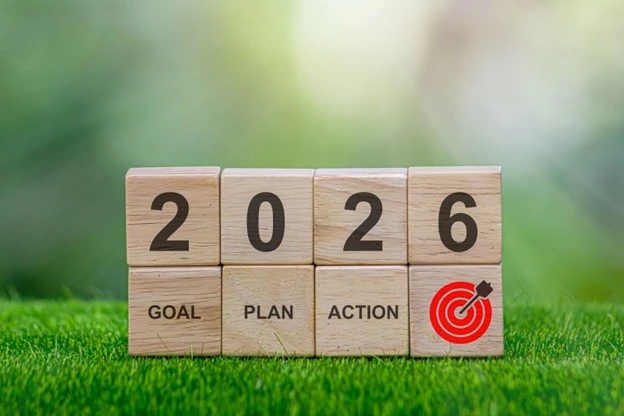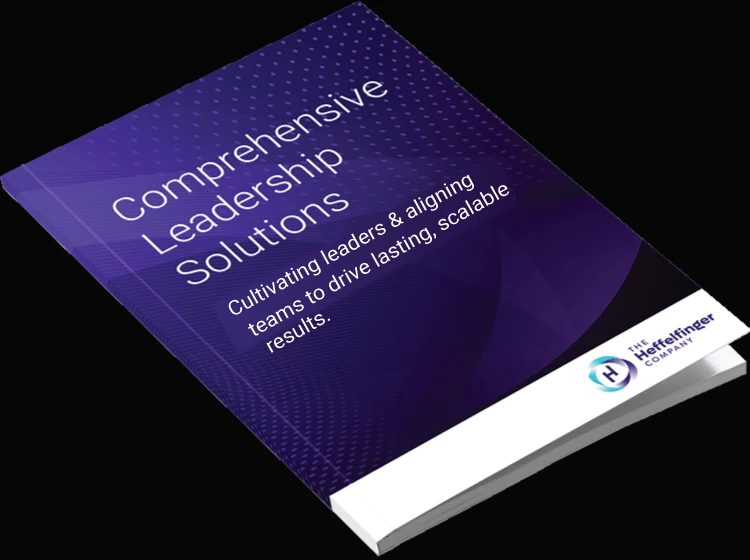“If people are doubting how far you can go, go so far that you can’t hear them anymore.”
~Michele Ruiz – Ruiz Strategies
In our previous blog, we discussed how companies can continue to build effective teams during times of change. While change is a constant, we’ve seen in a post-2020 world that change is coming towards us at a faster rate than ever before.
Along with all the exciting new things that may come into our lives, we also see new approaches to work, changing responsibilities, and reorganizations that can leave heads spinning.
When you think of organizational transformation, you might point outward toward the external forces that are making things different. However, it may surprise you to know that change is also an internal process. While it can be influenced by what’s happening on the outside, the change itself is always reflected in what is happening internally for your leadership team.
In fact, the internal process is all that you can have some control over. Individuals, teams, and organizations need to go through the process of change before they can come out on the other side.
The Bridges Transition Model
We can all clearly identify moments of change, but how do you work through the change itself? We coach leaders and teams through what’s called the Bridges Transition Model.
This model, developed by William Bridges, divides every transition into three stages.
For example, we see many of our clients still dealing with Hybrid/Virtual Work decisions - should you bring employees back to the office 2-3 days per week or continue to allow them to work virtually? Will you lose your Culture if they stay working virtually? Will productivity, onboarding, and mentoring wane if they stay virtual? These are both organizational and personal changes/transitions and decisions.
Stage 1: Endings
With every change comes the end of something else. This may require a moment of grief and acceptance of what has been lost. If teams are able to acknowledge what is being left behind instead of ignoring this part of a transition, they’ll be better equipped to let go of how things previously were.
Honor the past work that has been accomplished before you try to move beyond it. Even positive changes come with some sort of loss.
We know many of you (our clients) may still be mourning the loss of what life was like before Covid. We are too.
Stage 2: Neutral Zone
Once you let go of the past that you can’t get back, you’ll be in a neutral zone. For some, you might think that’s a good place to be. You’re no longer grieving what you used to have. However, it’s a place that comes with a lot of ambiguity, fear, and uncertainty.
That’s because the neutral zone hasn’t connected to the future. Acceptance of the loss of the past doesn’t mean organizations are out of the woods yet.
And continuing with decision-making around Hybrid/Virtual Work: we know that many of you and your organizations are probably in the neutral zone. And even if you have made decisions about your direction, your employees may still be in this neutral zone - what should they do? How do they feel about the changes the organization is now making post-Pandemic?
Stage 3: New Beginnings
As you may have guessed, this is the stage you want your organization to get to. Here, you’ll develop new understandings, values, and attitudes. You can start embracing what the company looks like in this new world and feel reoriented in the current reality.
Remember, you can’t just skip forward to this place. When it comes to organizational transformation, you must go through the first two stages before getting to the final stage. And so do YOU and each of your employees. As we said, this is a personal/internal process as well.
The impact of the change will determine how long each phase will take. Don’t feel like you must rush things (or that you employees will be able to rush through these changes).
Organizational Transformation
If you look at the Bridges Transition Model and feel like it’s easier said than done, you might need some additional supportto guide your organization through the current changes.
We provide organizations with the tools, resources, and models to build amazing company culture, become more adaptable, and handle the transformations that may come their way.
Even if you aren’t in the middle of a transformation yet, we can help you develop a strategy for managing changes that might come your way.
Remember, great companies do not just respond to crises; they seize them as opportunities to cast off what is no longer working and invent new ways of doing business.
Get in touch with us today if you need help navigating a transformation or preparing for what the future might bring.
Let’s work together to help YOU bring powerful, positive change to your organization,
Lori
Lori Heffelfinger and James Jackman







